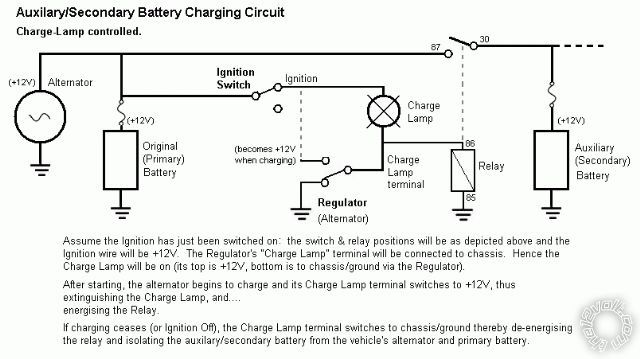Some AGMs (eg Odyssey, Optima) charge to 2.45V/cell = 14.7V.
Info will depend on what brand AND model battery, but Odyssey in one case state:
Cyclic voltage: 14.4V to 15.0V at 25░C (77░F); no current limit
So their warranty is void if the battery temp exceeds 25░C (77░F). I don't know if it is void below 25░C (77░F) (it probably would NOT be voided here in Aus).
Of course, with increasing current (especially near full capacity), the battery temperature increases.
Optima seem a bit more realistic temperature wise, ie:
....14.7 volts. No current limit as long as battery temperature remains below 125░F (51.7░C). When current falls below 1 amp, finish with 2 amp constant current for 1 hour. All limits must be strictly adhered to.
... but that extra boost current at the end is a bummer.
I won't get into a discussion about what people THINK a warranty states as opposed to what a warranty does state, but my experience is that very few claims succeed - users cannot prove their battery remained within tolerance.
Manufacturing faults are honoured, but other failures are touchy. Some manufacturers do readily replace (probably because the purchase price factored in a replacement battery!).
And watch out for those classic "pro-rata" clauses.
katman wrote:
| Was thinking of getting a larger battery and place it on the floor of the scooter instead of running dual batteries. Wonder if that would give me a better way to power up my accessories? |
|
|
Now you are talking about two different aims and designs.
If you want a guaranteed reserve battery using 2 batteries, my diagram (method) above is good.
But it is not for a longer reserve time for accessories - it provides
independent reserve times.
If using a bigger battery (whether a bigger mono-block or several smaller batteries) to extend reserve time, the normal "
anti-parallel battery" arguments apply.
A single battery is much better unless you have an intelligent battery monitor (ie, that can sense a faulty battery and isolate it, and indicate such faults).
If a "single battery" (whether one or several parallel mono-blocks) but wanting a "guaranteed" reserve for later cranking etc, a low voltage cut-out is required. (Its setting will depend on vehicle, temperature etc.)
And it doesn't matter how big your battery is, it has to be recharged.
If loads are higher than alternator output, the battery will discharge.
Some charge their battery off a domestic or solar supply etc. EG - racers with total-loss systems; 3kW audios with a 2.5kW alternator. (They hope their battery lasts longer than the race or their loudness.)
So hence what is your aim, and what is your situation?
If you ride non-stop with over (say) 400W load, you need to boost your power generation. Alternatively join some auto-service group a or make sure you have cell/phone coverage.
Or you can switch off accessories if the battery gets too low.
(Hence a voltmeter - no complex prediction or averaging of power generation ad consumption, battery age, temperature & capacity - just real-time feed back and control but an allegedly intelligent system.)
A bit off subject, but relevant to the paralleling of batteries - I liked the following Odyssey excerpt:
Even though the drain is low, the effect of a parasitic load on a long-term basis can be significant when the battery supports it for weeks or even months at a time.
They then give a good example, and although it isn't a parallel battery situation, it is an important issue for paralleled batteries.
CarAudio(?) had a good analogy of paralleled batteries at being 2 water tanks of different sizes with different outlet sizes.
Unfortunately it was flawed because - if talking about discharging and charging paralleled batteries - the tanks would be joined at the bottom, hence their level (voltage) will drop at the same rate.
Their rate of current discharge/recharge is irrelevant (except for current constraints - ie, recharging of some AGMs).
But the reasons for NOT paralleling cannot be easily analogised using the water model - that's where experience with the "art and science" of batteries is required.
 Printable version
Printable version















